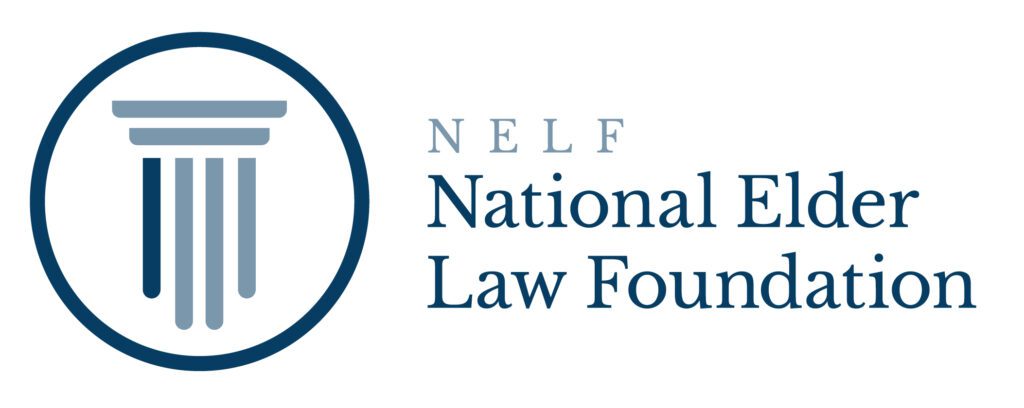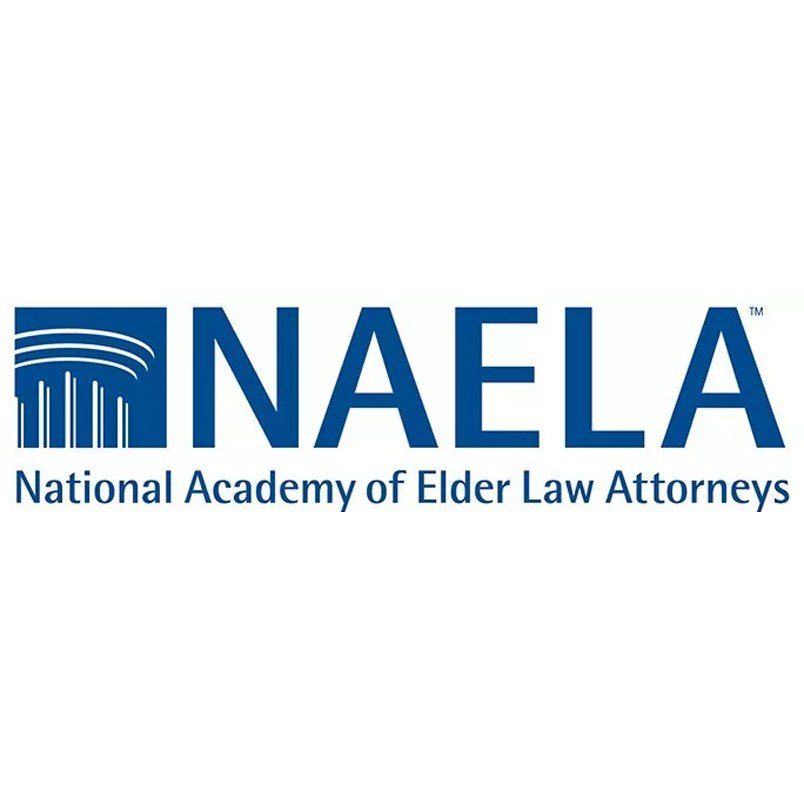In 2014 a colleague wrote about a PA Superior Court decision where the court’s application of the two witness rule led to a less than favorable result. The decision was given in the case of in re the Estate of Isabel Wilner. My colleague wrote that he was not sure he had ever seen a court opinion so apologetic over applying a well-established rule of law.
Now, two years later the court no longer needs to be apologetic.
The issue in the Wilner case dealt with a “lost” will and the appropriate interpretation of the two witness rule. I wrote about Pennsylvania’s law regarding witnesses for wills in a prior blog article: Does a Will Need Witnesses to be Valid? The two witness rule, as applied by the Superior Court in Wilner, makes it very difficult to probate a copy of a will when the original cannot be found.
Here are the facts in the Wilner case. Ms. Isabel Wilner had a will drafted by an attorney in June 2007. She signed it in front of the drafting attorney, another attorney acting as notary and a secretary. Ms. Winder’s lawyer followed his customary practice and gave his client the signed original will; he also prepared and conformed two unsigned photocopies (one for the client and one for the attorney’s file). Ms. Wilner had the original will placed in an unlocked lock box in her bedroom and had the copy placed in an upstairs safe.
In 2010 Ms. Wilner signed two codicils (amendments) to the 2007 will. The codicils were prepared by the same attorney who drafted the 2007 will. Again the signed original codicils were placed in the unlocked lock box in her bedroom and the copies were placed in the upstairs safe.
Later in 2010 family members came to visit Ms. Wilner at her home. The visitors included a niece who had not been invited. This niece created a lot of distress for Ms. Wilner.
Ms. Wilner passed away on March, 16, 2011 and her caregiver/executrix went to collect the original will and codicils from Ms. Wilner’s lockbox. She found that the original will had been removed but the original codicils remained. The executrix then went to the upstairs safe to retrieve the conformed copy only to find that it had also been removed.
The executrix went to the original drafting attorney to get his conformed copy of the will. She then filed that copy along with the codicils for probate with the Register of Wills. But the niece filed an objection to the probate of the copy of the will.
Ms. Wilner had never married and had no children. Her intestate heirs were the niece and a nephew. If the copy of the will and codicils were rejected the niece would inherit a large portion of Ms. Wilner’s estate.On the other hand, iIf the copies were accepted the entire estate would go to charity as Ms Wilner had specified in the lost original will.
The dispute went to the Orphans Court which held two hearings. The drafting attorney testified that the contents set out in the copy of the will were the same as the contents of the lost original will. But no one else testified regarding the contents. The Orphans Court entered a decision allowing the copy of the will to be admitted for probate. The niece appealed.
On appeal the Superior Court (a lower appeals court) reversed the decision of the Orphans’ Court. The Superior Court held that to probate a lost will there must be proof by two witnesses of both due execution and “of the contents substantially as set forth in the copy offered for probate.” Since only one witness testified to the contents of the will the Superior Court held that the copy could not be probated. It ruled, apologetically, for the niece.
The executrix appealed this decision to the Pennsylvania Supreme Court. The question was whether the two witness rule applies to proving both a will’s proper execution and it’s contents. In re Estate of Isabel Wilner,
A very old Supreme Court case had required proof by two witnesses as to both the will’s proper execution and its contents before a copy could be admitted for probate Hodgson’s Estate, 270 Pa. at 213. But after Hodgson the relevant statute was changed. In the Supreme Court’s analysis the current statute leaves the question of the evidentiary standards for proof of the contents of a lost will to the courts to decide. In the Supreme Court’s view the relevant sections of the statute (20 Pa.C.S. § 3132)
are principally concerned with signature requirements and evidence that the signature (or mark) at the end of the will is genuine. They do not appear to contemplate the contents of a will, lost or otherwise. As well, such focus upon the validity of the signatures is consistent with the specialized term, to “prove” a will, as applied in the probate context.
The court says that as a matter of common sense in many cases it will be unlikely that anyone besides the testator and the drafting attorney would be aware of the contents of the will since the subscribing witnesses are not required to read the will.
As a result of this reasoning, the Supreme Court ultimately reversed the Superior Court and reinstated the Orphans’ Court order. The will is admitted to probate and the estate goes to charity not to the niece.
This is just one example of how legislation and statute interpretation can be so complicated. My colleague wrote an article in 2014 stating that although the Superior Court ruling was unfavorable and maybe unjust, it was the right and clear interpretation of the law.
Two years later the Supreme Court decides that the statute was not so clear after all. The Wilner case has now set the bright line rule that the “Two Witness Rule” only applies to determining if a will was properly executed and does not apply to the contents. The contents are to be proven through clear and convincing evidence at a judicial proceeding.




